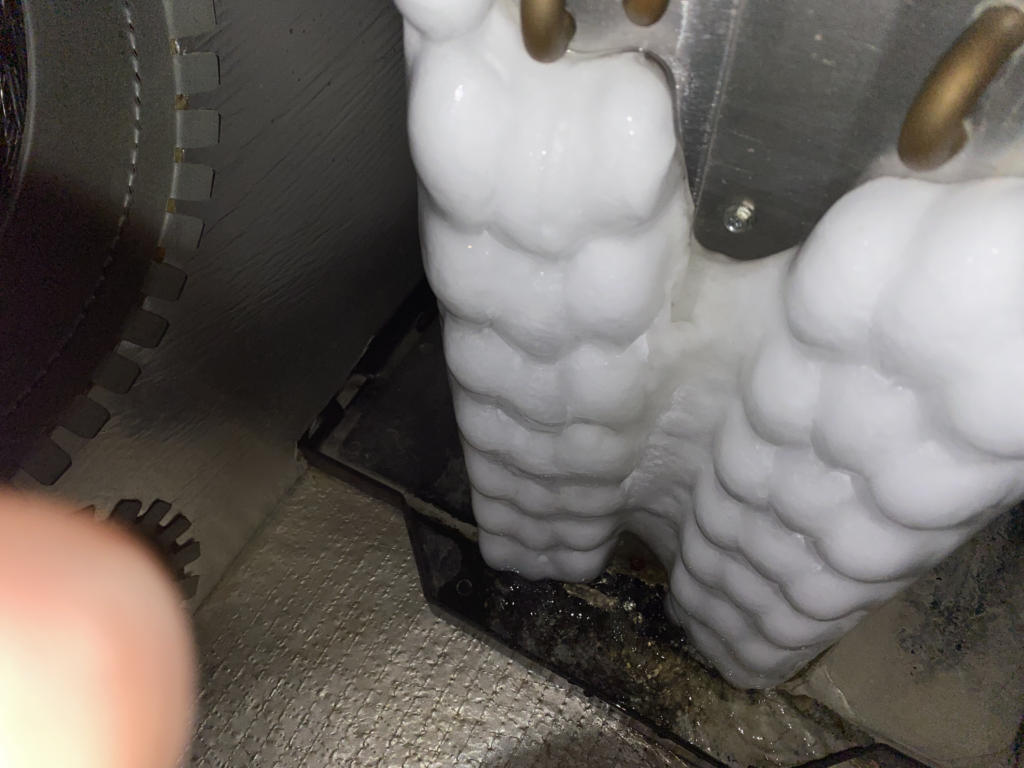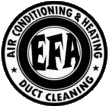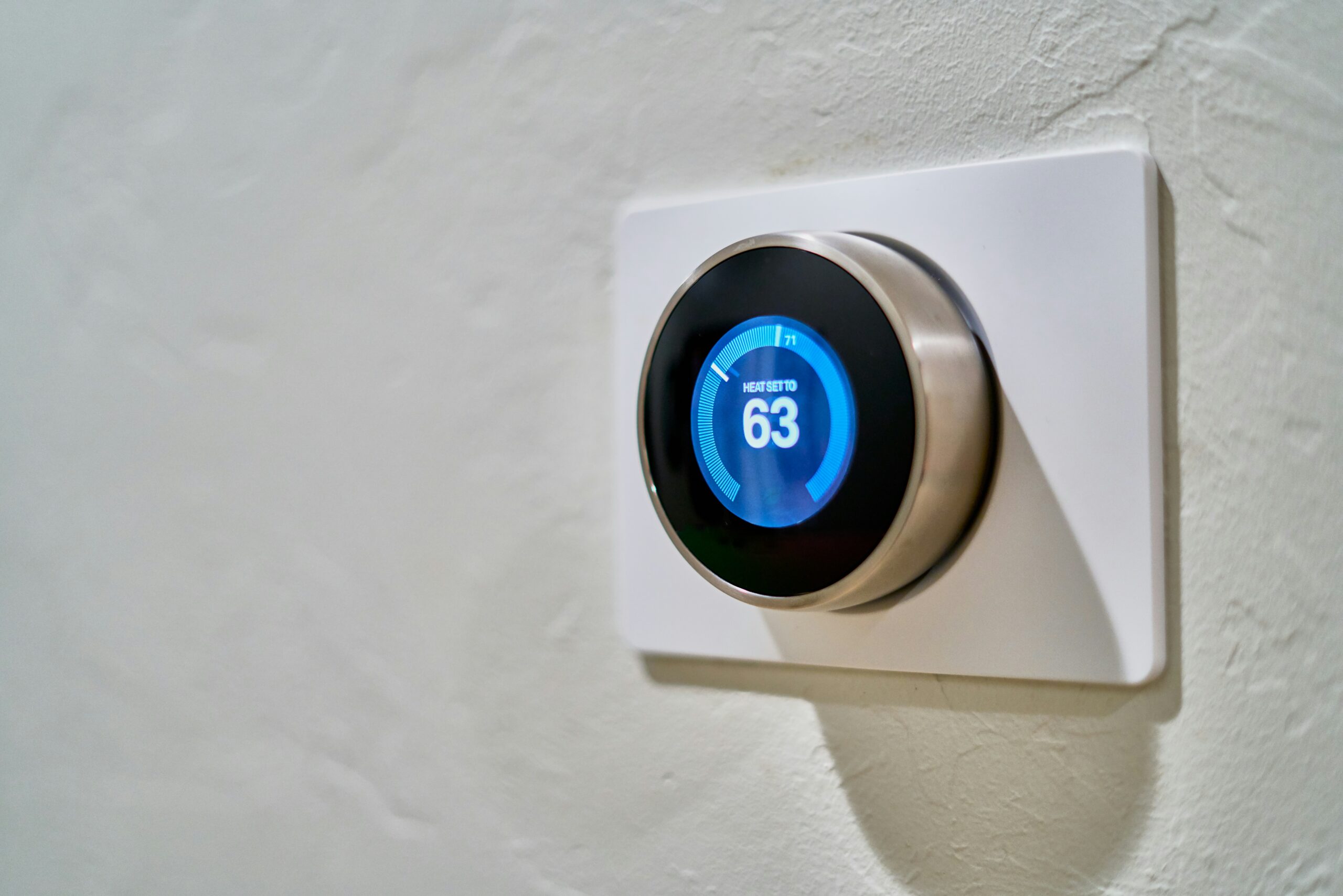Understanding Repair HVAC: A Guide to Air Conditioning and Heating Repair Terminologies
Repair HVAC and when it comes to maintaining a comfortable indoor environment, the repair HVAC system plays a crucial role. Repair HVAC stands for Heating, Ventilation, and Air Conditioning, and it encompasses various components and technologies that work together to regulate temperature, humidity, and air quality in residential and commercial buildings.
While the term “repair HVAC” is commonly used, it is important to understand that it is a broad term that encompasses both air conditioning and heating repair. In this article, we will explore the terminologies associated with repair HVAC and shed light on the similarities between air conditioning and heating repair.
Repair HVAC & Air Conditioning
Air conditioning repair focuses on the cooling aspect of the repair HVAC system. It involves troubleshooting and fixing issues related to the air conditioning unit, refrigerant lines, ductwork, and controls. Here are some key terminologies associated with air conditioning repair:
1. Compressor
The compressor is the heart of an air conditioning system. It is responsible for compressing the refrigerant and circulating it through the system to cool the indoor air. If the compressor malfunctions, the cooling capacity of the system is greatly affected.
2. Condenser
The condenser is the outdoor unit of an air conditioning system. It receives the high-pressure, high-temperature refrigerant vapor from the compressor and cools it down by releasing heat to the outside environment. Issues with the condenser can lead to reduced cooling efficiency.
3. Evaporator Coil
The evaporator coil is located inside the indoor unit of the air conditioning system. It absorbs heat from the indoor air and cools it down by evaporating the refrigerant. A dirty or frozen evaporator coil can hinder the cooling process and reduce airflow.

Heating Repair
Heating repair, on the other hand, focuses on the heating aspect of the HVAC system. It involves diagnosing and fixing problems with the furnace, heat pump, boiler, and other heating components. Here are some key terminologies associated with heating repair:
1. Furnace
A furnace is a common heating system that uses fuel (such as natural gas, oil, or propane) to generate heat. It distributes the heated air through ductwork to warm up the indoor space. Issues with the furnace can result in inadequate heating or no heat at all.
2. Heat Pump
A heat pump is a versatile heating system that can also provide cooling. It transfers heat from the outside air or ground to warm up the indoor space during colder months. Problems with the heat pump can lead to inefficient heating and cooling.
3. Boiler
A boiler is another type of heating system that uses water or steam to distribute heat. It heats the water or generates steam, which is then circulated through radiators, baseboard heaters, or radiant floor systems. Malfunctions in the boiler can result in no heat or inadequate heating.
Similarities Between Air Conditioning and Heating Repair
While air conditioning repair and heating repair focus on different aspects of the HVAC system, there are several similarities between the two:
1. Troubleshooting
In both air conditioning and heating repair, troubleshooting is a crucial step to identify the root cause of the problem. HVAC technicians use diagnostic tools and their expertise to pinpoint issues and determine the most effective repair solution.
2. Regular Maintenance
Both air conditioning and heating systems require regular maintenance to ensure optimal performance and prevent breakdowns. Routine maintenance tasks include cleaning or replacing filters, checking refrigerant levels, inspecting electrical connections, and lubricating moving parts.
3. Professional Assistance
When it comes to HVAC repair, it is advisable to seek professional assistance. HVAC technicians have the knowledge, experience, and tools to safely and effectively diagnose and repair HVAC issues. Attempting DIY repairs can lead to further damage or safety hazards.
In conclusion, while the term “repair HVAC” is often used interchangeably with air conditioning and heating repair, it is important to understand the specific terminologies associated with each. Whether it’s a malfunctioning compressor or a faulty furnace, addressing repair HVAC issues promptly through professional repair services is essential for maintaining a comfortable and efficient indoor environment.
Discovering ice on the evaporator coil of your HVAC system is a clear indication that something is amiss and requires immediate attention. The evaporator coil plays a crucial role in the cooling process, so any issues with it can lead to inefficient cooling and potential damage to your HVAC unit.
One common cause of ice formation on the evaporator coil is a lack of airflow. This can be due to a dirty air filter, blocked vents, or a malfunctioning blower fan. When the airflow is restricted, the temperature on the coil drops below freezing, causing condensation to freeze and accumulate as ice.
In conclusion, finding ice on the evaporator coil is a clear sign that your HVAC system requires repair. Addressing this issue promptly can prevent further damage and ensure efficient cooling. Remember to consult a professional repair HVAC technician for a proper diagnosis and repair to keep your system running smoothly. Contact us immediately. OFor more information Energy.gov






